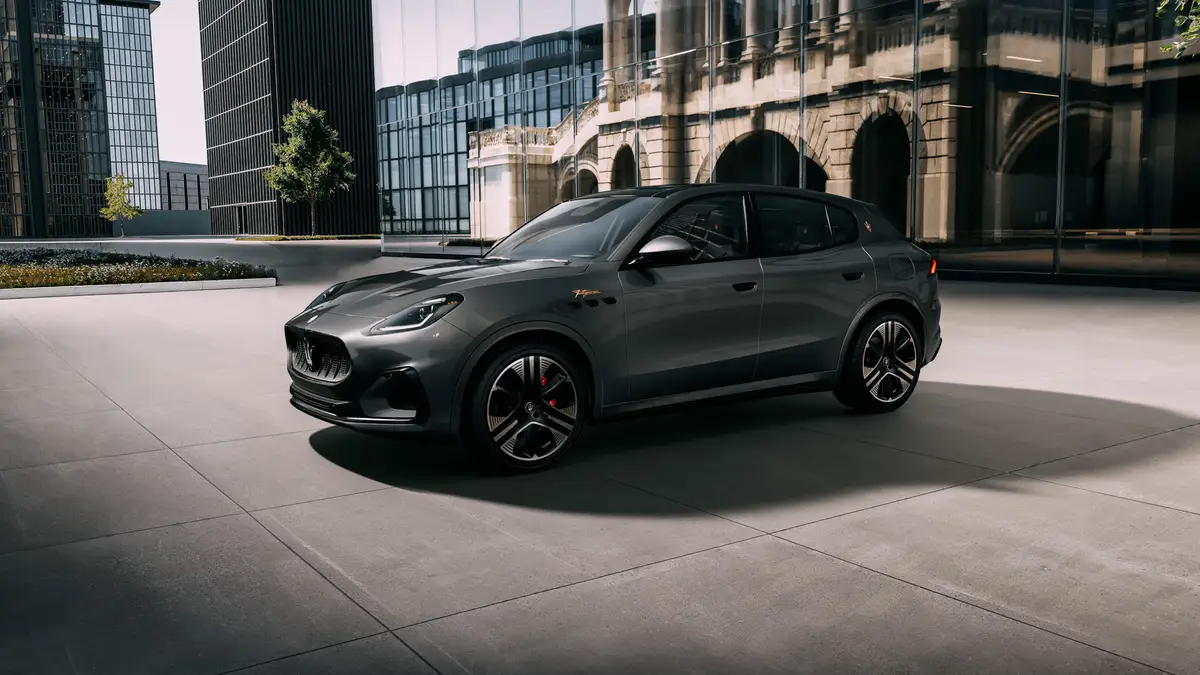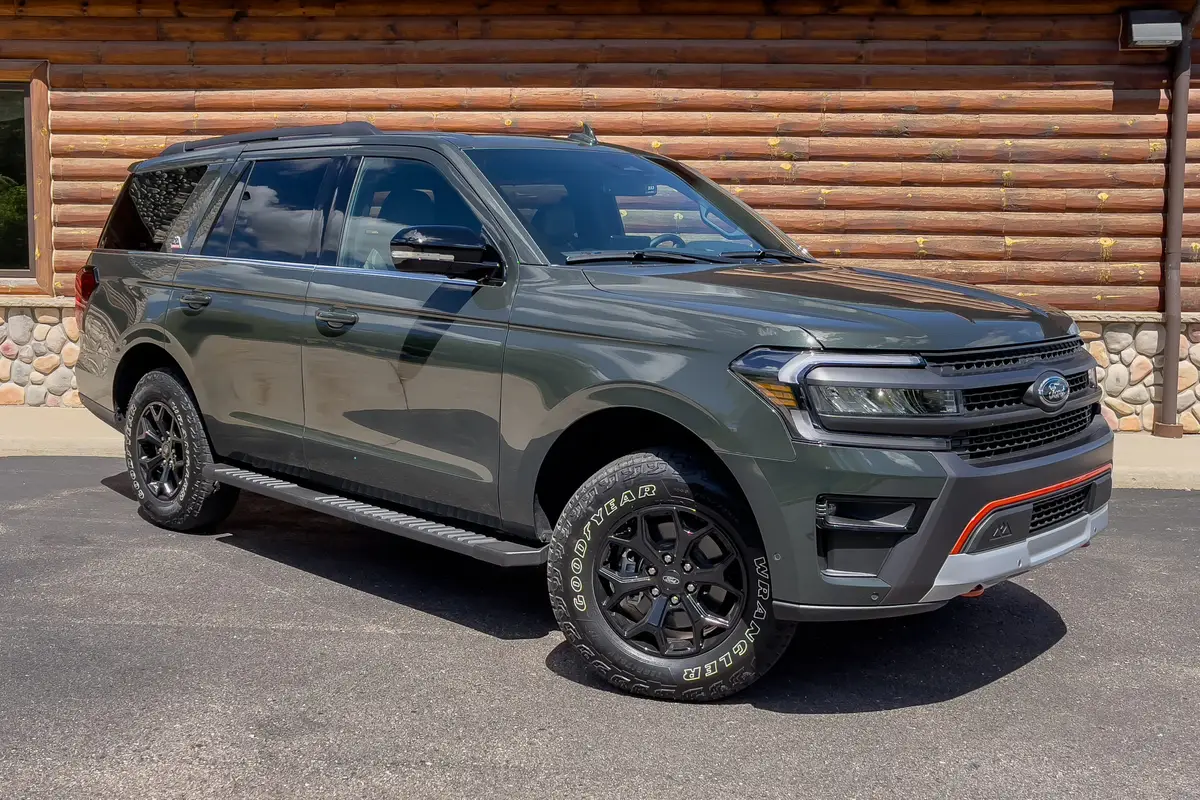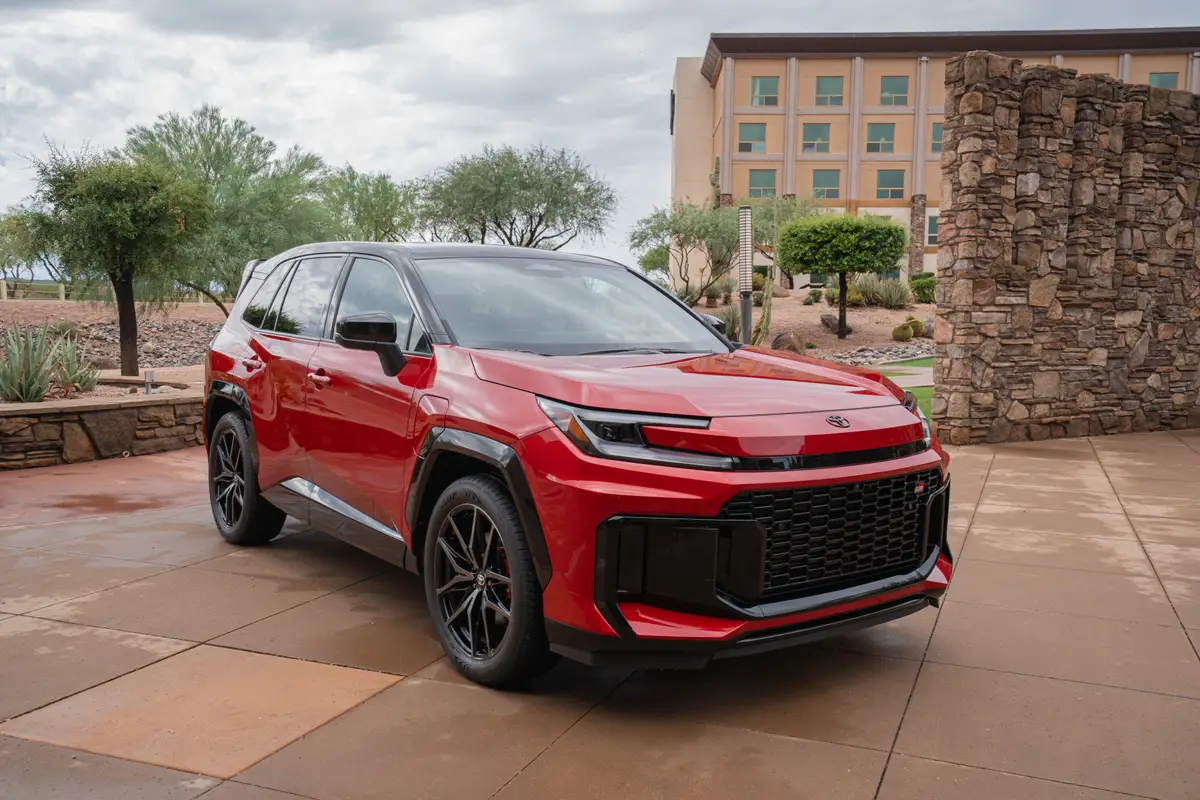The Sacramento Bee's view
Remember when driving a minivan was cool?
If so, then you probably remember what Willie Horton and Michael Dukakis have in common.
Say you drive a minivan these days and lots of people look at you like you’re wearing a zoot suit and flashing a peace sign.
In some circles, minivans are viewed as yesterday’s news. History. Why drive a minivan unless you’re a dedicated soccer mom or have something against the ubiquitous sport-utility vehicles, right?
Into this environment comes the new-for-2001 Dodge Caravan, the minivan-category leader since Chrysler Corp. invented the segment in the mid-1980s.
The general knock on the new Caravan from other reviewers of automotive hardware has been that it’s not really that much different from the previous version. My take is that there is enough of a difference to make a difference.
My tested model was a Dodge Grand Caravan Sport, a 119-inch wheelbase model with a head-turning paint job called “Inferno Red Tinted Pearl Coat.”
Other than the striking color, the exterior of the Sport did indeed resemble the previous-generation Grand Caravan. A quick run through the key fob, however, demonstrated that the new Caravan has its own bag of tricks.
Sure, the power right-side rear door sliding at the touch of a button is kind of old hat. But then I pressed the button triggering the power liftgate.
What a show!
Warning beeps let passersby know something was about to happen, and then the liftgate gently yawned open to expose the rear cargo area. Another press of a button reversed the process, with the liftgate nestling into a firm, closing seal just above the rear bumper.
Those who think this $400 gadgetry is an indulgence have never approached a vehicle with an armload of groceries (or maybe a bag of light bulbs in one arm and a 2-year-old child in the other).
DaimlerChrysler has touted the numerous cargo-carrying configurations of the Caravan — a direct challenge to sport-utility vehicles. The argument does hold water as the Grand Caravan sans rear seats can be loaded up with nearly 160 cubic feet of cargo. That’s only about a dozen cubic feet less than the vehicle’s maximum passenger space with all the seats in place — a nice touch of versatility.
In the power department — something SUV competitors like to lord over the minivan competition — the Grand Caravan Sport’s 3.3-liter V-6 with 180 horsepower more than held its own on city streets and open highways. Acceleration was not neck-snapping, but the minivan easily merged at high speed and could make quick maneuvers in traffic with relative ease.
Interior comforts and convenience features were plentiful — cupholders and power outlets galore, an AM/FM cassette stereo and CD changer matched with a pleasing six-speaker Infinity sound system, grocery-bag hooks and rear seats that can be removed without an obligatory trip to the chiropractor afterward .
So, what’s not to love?
The price might cool one’s ardor. Dressed up with what is called the “Customer Preferred Package 25K” — a $3,560 option bundle that included three-zone climate control, an eight-way power driver’s seat and the power sliding right-side door — the tested model’s bottom line read a whopping $30,675. That’s pretty serious … even for a loaded minivan.
And mine was not even the primo version of the Caravan. That would be Grand Caravan ES with all-wheel drive, a model that starts at $32,235.
And don’t get me started on paying $160 extra for the privilege of having a full-size spare tire.
I guess it’s all relative, looking at the price of comparable SUVs and luxury sedans, but my guess is that the typical buyer putting down this kind of money on a Dodge Caravan is thinking of driving it for at least a decade.
Those who want a Caravan with fewer bells and whistles and a less-shocking sticker price do have some options. The Caravan SE with a 113-inch wheelbase starts at an entirely reasonable $19,160. And a Grand Caravan SE (119-inch wheelbase) is only slightly higher, with a manufacturer’s suggested retail price of $21,785.
There is, by the way, a stronger engine offered — a 3.8-liter V-6 with 215 horsepower.
Despite the stereotypes associated with minivans — “It’s a vehicle you’re sentenced to because you’ve got kids,” was the grumpy quote from Jim Hall of the Tustin-based automotive consulting firm AutoPacific Inc. — the new Caravan offers a lot to its niche audience. That would be families that frequently take to the road, like to ride in comfort and carry a lot of stuff with them.
The Caravan has evolved to the point where it’s hard to picture what more could be done to make things better. It opens its own doors, gives up its own seats and provides the riding comforts associated with high-priced sedans.
Will the Caravan be enough to solve the financial woes of DaimlerChrysler’s America-based Chrysler Group? Probably not, even with DaimlerChrysler holding about 40 percent of the U.S. minivan market.
If anything, the Caravan faces an uphill battle with minivan sales down more than 25 percent in the first quarter compared with the first three months of 2000. And Caravan is getting serious competition from the popular Honda Odyssey and Toyota Sienna.
But the Caravan in its latest form remains what it always has been — a versatile, comfortable minivan with plenty of options and numerous configurations for a wide range of family budgets.
Latest news



